A terrarium is a miniature ecosystem, a self-sustaining world sealed within a glass or clear container.
It’s a timeless way to bring the beauty of nature indoors, allowing you to cultivate a tiny, living garden that requires minimal maintenance.
From lush, tropical rainforests teeming with moss and ferns to stark, beautiful desert-scapes with succulents and cacti, a terrarium is a window into a world of your own creation.
This guide is your complete resource for mastering that craft. We will walk you through the timeless principles of terrarium building, from understanding the different types to assembling the essential layers.
Then, we will introduce you to the modern evolution of the terrarium: the Bantamarium.
This modular, designer system is the ultimate canvas for your project, offering a level of creativity and display potential that turns a simple glass box into a stunning piece of living art.
Whether you’re a beginner or an expert, let’s start building.
Table Of Contents:
ToggleWhat is a terrarium?
A terrarium, a common type of vivarium, is a clear enclosure used to grow plants. The prefix terra is Latin for “land” or “terrain.”
As you might imagine, the word itself translates to “land within a container.”
Another word for terrarium commonly used in the hobby is terraria, which is used when there is more than one.
These can be used for decorative purposes or to house vegetation.
Terrariums come in all shapes and forms, but usually never house anything other than plants and elements meant to aid in the growth of that particular plant.
The History Of Terrariums
In the mid-1800s, a botanist by the name of Nathaniel Bagshaw Ward stumbled upon terrariums by accident.
His fascination with the transformation of moths led him to the idea of placing cocoons in jars of soil for observation.
One day, he noticed that one of the jars began blooming. Upon closer look, he noticed a small bit of fern and grass began to sprout from the damp soil.
This led Ward to write a book that documented the conception of the terrarium, which would later become extremely popular in England.


Throughout the Victorian era, terrariums became common. At the time, they were referred to as Wardian Cases and were used mostly to transport invasive plants long distances across Europe.
Carpenters were hired to construct the housing used to make these enclosures during those days.
Inspired by this rich history and the innovative spirit of early botanists, we developed our Bantamarium series, bringing the traditional terrarium into the modern age.
The Two Main Types Of Terrariums
Every successful terrarium begins with a crucial decision: will it be an open or a closed ecosystem?
The choice is not just aesthetic; it determines the entire environment inside your container, from humidity and airflow to the types of plants that will thrive.
Understanding the fundamental difference between these two worlds is the first step to creating a healthy, long-lasting miniature garden.
Open (Arid) Terrariums
An open terrarium is not fully sealed, allowing for free air circulation and low humidity. This design is perfect for creating an arid or desert environment.
Because moisture can easily escape, these setups do not create a self-sustaining water cycle and will require occasional watering.
The excellent airflow prevents rot and mold, making it the ideal choice for plants that prefer dry conditions.
Open container terraria are best used for plants that like to dry out completely after watering, like Ferns, Pilea & Carnivorous plants.
These are also great setups for low-humidity flora that require good airflows, like Air plants, Succulents, or cacti.
These plants tend to like bright, direct sunlight.
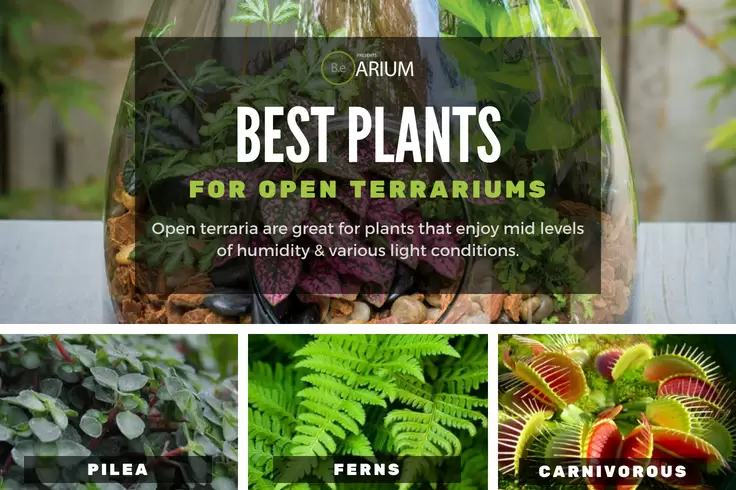

Closed (Tropical) Terrariums
A closed terrarium is a fully sealed, self-sustaining ecosystem.
The moisture inside the container evaporates from the plants and soil, condenses on the walls, and then “rains” back down, creating its own water cycle.
This results in a high-humidity, tropical environment. Once established, a closed terrarium requires very little maintenance and can go for weeks or even months without needing water.
It’s a true, living biosphere in miniature.
Closed enclosures are great for high-humidity-oriented plants like Moss, Bromeliads, or Ivy plants.
These plants typically like indirect sunlight or shade, peat soil, and watering weekly or bi-weekly.


The Essential Terrarium Layers
Creating a healthy, self-sustaining terrarium is like building a tiny house… it needs a solid foundation to thrive.
The key to a long-lasting ecosystem lies in assembling the proper layers in the correct order.
Each layer serves a specific, vital function, working together to manage water, filter impurities, and provide a healthy home for your plants’ roots.
1. The Drainage Layer
The first and deepest layer is for drainage.
Since most terrariums have no drainage holes (unless you are using one of ours), this bottom layer acts as a reservoir for excess water to collect, preventing it from saturating the soil and rotting your plants’ roots.
Lightweight materials like gravel, rocks, and activated charcoal are perfect for this.
2. The Barrier Layer
Next, a thin barrier layer is placed on top of the drainage material. This is a crucial but often forgotten step.
A layer of window screen, mesh, or landscape fabric stops the soil from mixing into the drainage layer while still allowing water to pass through freely.
This keeps your system clean and prevents the drainage reservoir from turning into mud.
3. The Carbon Layer
A thin layer of activated charcoal is your terrarium’s built-in water filter. Charcoal is highly porous and helps to absorb impurities, filter toxins, and reduce odors that can build up in a closed, humid environment.
This layer is especially important for closed terrariums to keep the ecosystem fresh and healthy.
4. The Substrate Layer
This is the primary growing medium where your plants will live. The type of substrate you use depends entirely on the plants you’ve chosen.
For a closed, tropical terrarium, a rich, moisture-retaining mix like our tropical soil mix is ideal. For an open, arid terrarium, a gritty, well-draining mix like our desert soil mix is essential.
Building Your Bantamarium Terrarium: A Step-by-Step Guide
Now that you understand the theory, it’s time to get your hands dirty.
Building a terrarium in a Bantamarium is a uniquely rewarding experience because the system is engineered to make the process easier and the result more successful.
We’ll walk you through building both an open/arid and a closed/tropical terrarium, using the specialized V2 MINI kits designed for each.
Building an Open/Arid Terrarium with the V2 MINI (AERO)
For a desert-scape with succulents or cacti, the Bantamarium V2 MINI (AERO) is the perfect choice. I would recommend getting the Tall base so that you have enough room for the substrate layers.
-
Prepare Your Base: Remove the top of the enclosure so that you can access the inside of the tank. Make sure the Base is firmly assembled.
-
Add Drainage & Barrier: Add a half-inch layer of LECA or gravel, followed by a custom-fit mesh screen to create your drainage foundation.
-
Add Substrate: Fill the enclosure about one-third of the way with a gritty, well-draining succulent and cactus soil mix.
-
Planting: Carefully arrange your chosen succulents and cacti in the substrate. Use small tongs or a chopstick to help position them and gently firm the soil around their roots.
-
Decorate & Finish: Add decorative elements like decor, small rocks, or driftwood. Twist-lock a Vented Lid on top to ensure maximum airflow.
-
First Watering: Give your new terrarium a light watering, just enough to moisten the soil. Do not oversaturate it.
Building a Closed/Tropical Terrarium with the V2 MINI (VAPO)
For a lush, self-watering jungle, the Bantamarium V2 MINI (VAPO) is the ideal tool. Its VAPO base is permanently sealed and 100% watertight, creating the perfect foundation for a high-humidity, bioactive ecosystem.
- Build Your Foundation: Start by adding the essential layers directly into the sealed VAPO base: a layer of gravel for drainage, a mesh barrier, and a thin layer of activated charcoal.
- Add Substrate: Fill the enclosure about one-third of the way with a rich, moisture-retaining substrate, like our tropical substrate mix.
- Hardscape & Planting: Add any hardscape elements like rocks or small branches first. Then, add your high-humidity plants like ferns, fittonia, and mosses, arranging them to create a natural-looking landscape.
- Introduce a Clean-Up Crew (Optional): For a truly bioactive setup, now is the time to add microfauna like springtails and isopods. They will act as your terrarium’s clean-up crew.
- Initial Watering & Sealing: Lightly mist the entire terrarium until the substrate is damp but not waterlogged. Twist-lock a Standard Lid with a Glass Top into place to seal the ecosystem.
The Art of the Terrarium
Once you master the fundamentals, the art of the terrarium becomes about presentation.
A truly breathtaking scape deserves a frame that is just as beautiful and intentionally designed.
For the builder who sees their terrarium not just as a hobby but as a piece of living decor, our designer series enclosures offer a canvas that is simply unmatched.
The Bantam C2 Series
Why limit your art to a tabletop? The Bantamarium C2 RING and Bantamarium C2 HORO enclosures were created to elevate your terrarium into a stunning, wall-mounted “living portrait.”
Their unique circular shape provides a breathtaking, artistic frame for your creation.
Imagine a lush, round moss scape hanging like a piece of art in your living room, or a functional C2 HORO clock with a vibrant, tropical world living inside.
The C2 series is the ultimate choice for a show-stopping, minimalist display.
Ready to create a masterpiece?
[ ▸ Explore the C2 Series ]
The Diorama Box: The R2 Series
The Bantamarium R2 FLIP is the perfect enclosure for the storyteller.
Its classic rectangular shape acts as a “shadow box” or diorama stage, allowing you to create scenes with a clear sense of depth and perspective.
Available in both vertical and horizontal orientations, the R2 is the ultimate canvas for building themed worlds.
Whether you’re recreating a favorite landscape in miniature or designing a clean, modern succulent garden, the R2 FLIP provides the perfect frame for your narrative.
Ready to build your world in a box?
[ ▸ Explore the R2 Series ]
Vivariums Similar To A Terrarium
The many other types of vivariums you will see out there are more than likely based on one of these core designs.
If you are building a vivarium to house a specific type of plant or animal, be sure to go with a design that closely fits their needs.
If you enjoyed this type of content, be sure to check out some of the other popular types of enclosures we’ve covered in the past:
Your Ecosystem Awaits
A terrarium is more than just a collection of plants in a jar; it’s a miniature world that you curate, create, and care for.
You now have the knowledge of the essential layers and the understanding of the different ecosystems you can build, from arid deserts to lush, tropical jungles.
Whether you choose the classic versatility of the V2 series, the artistic frame of the C2, or the creative canvas of the R2, there is a Bantamarium designed to be the perfect foundation for your project.
The only thing left to do is begin.
Ready to build your world? Explore our complete collection of terrarium kits and supplies.
Frequently Asked Questions
Terrariums stay alive by providing the conditions necessary for the plants and animals within to thrive, such as adequate light, water, and ventilation.
Terrariums can last indefinitely if they are properly cared for. Regular maintenance such as trimming dead leaves, providing adequate humidity, and checking for pests are important for a long–lasting terrarium.
Yes, a terrarium can be self–sustaining if it is properly designed and maintained.
A self–sustaining terrarium should include living plants, substrate, and bacteria, and should be kept in the right environment for the plants and bacteria to thrive. Additionally, the terrarium should be well–ventilated to provide oxygen and humidity.
Charcoal is used in terrariums to help keep the air clean and balanced. The charcoal absorbs toxins and odors and also helps to keep the terrarium environment healthy by providing essential minerals and maintaining a proper pH level.
Yes, tap water is generally safe to use for terrariums. Just make sure to remove any chlorine from the water before using it. Also, use a nitrate and phosphate–free water conditioner to help ensure your terrarium water is safe for your plants and animals.
You should open your closed terrarium every 2–3 weeks to allow air to circulate and prevent mold or fungus growth.
No, terrariums do not need light 24/7. They should be exposed to light 10–12 hours per day.
You will need a terrarium container, substrate, plants, and decorations to create a terrarium. You may also need additional gravel, water, tools, moss, activated charcoal, and pest–control products, depending on what type of environment you want to create in your terrarium.
A terrarium is a sealed container that allows an enclosed environment in which plants can grow. It provides the necessary humidity and moisture for the terrestrial plants to thrive, and can also help to create air circulation to keep the plants healthy.
Many animals that are staples in bioactive terrariums (such as bearded dragons, leopard geckos, or dart frogs) can feed on mold, as can most insectivorous species. In addition, some species of isopods and springtails can consume mold and help keep it under control.
The main difference between a vivarium and a terrarium is that a vivarium is used to house living animals, whereas a terrarium is primarily used to house plants. Vivariums typically include a heating and cooling system, while terrariums may not. Additionally, while terrariums can often be made with any type of container, the walls of a vivarium need to be quite thick to provide temperature regulation and maintain the correct environment for the animals living inside.
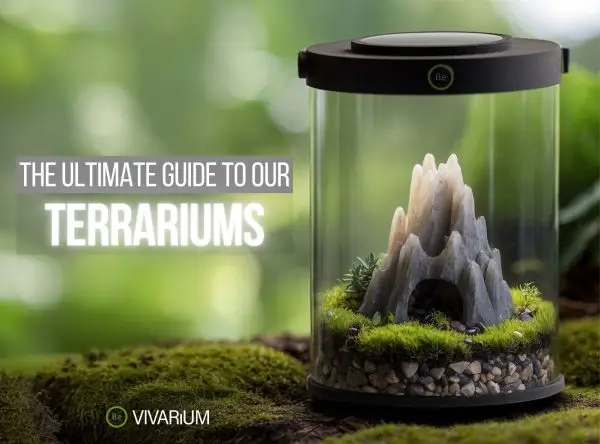
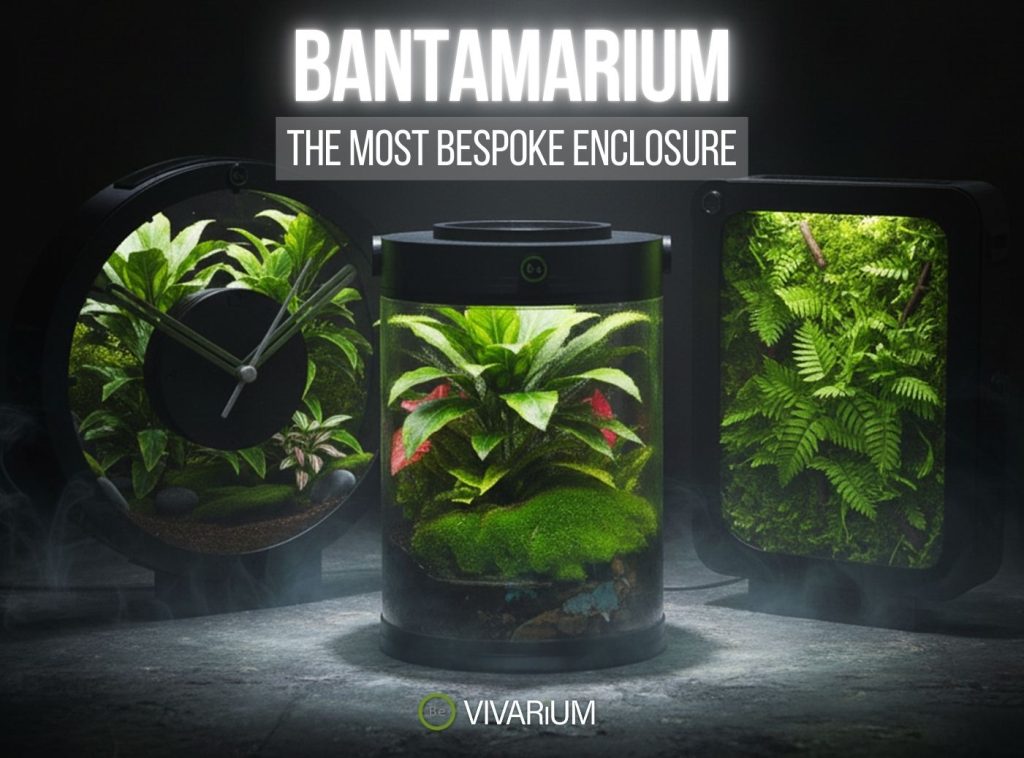
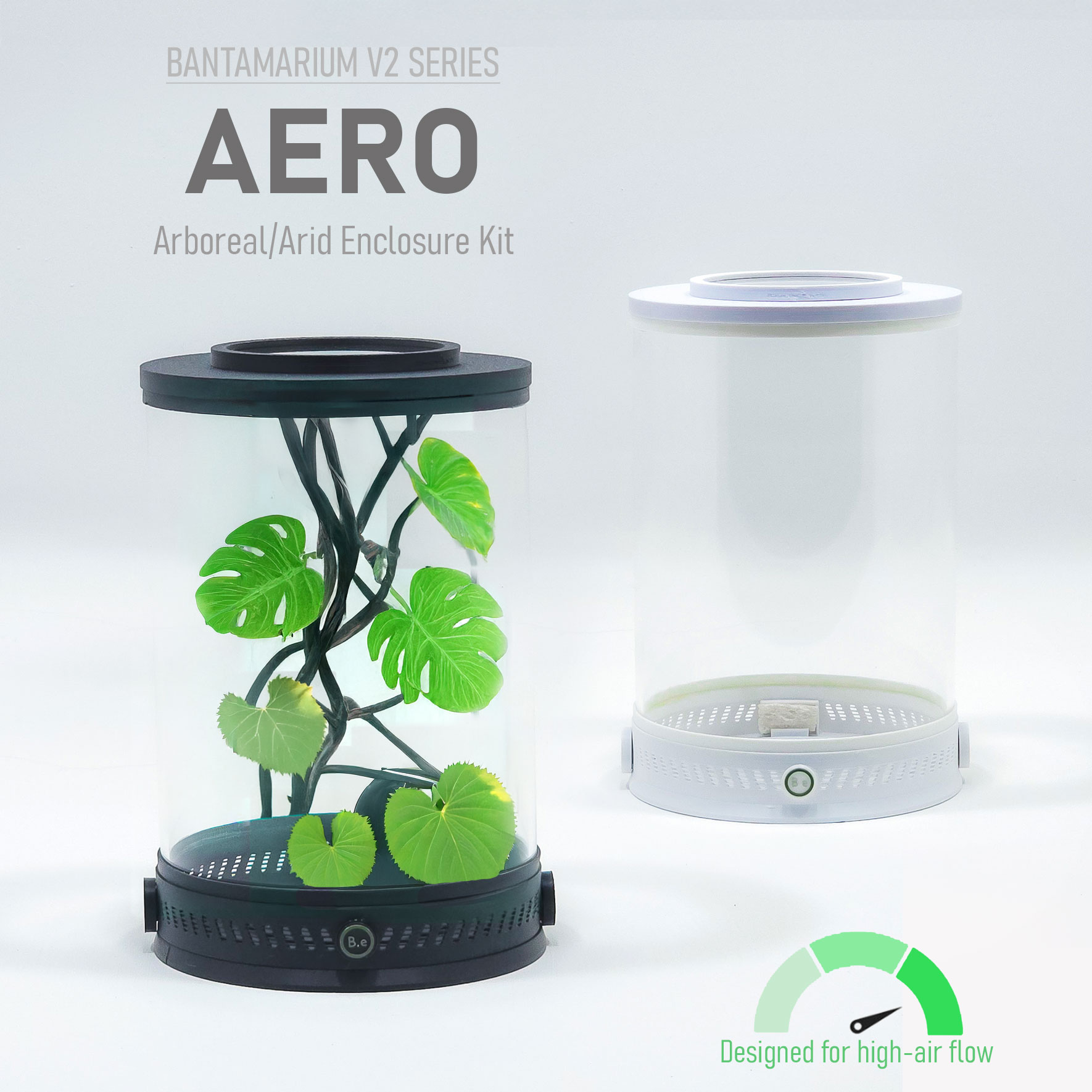
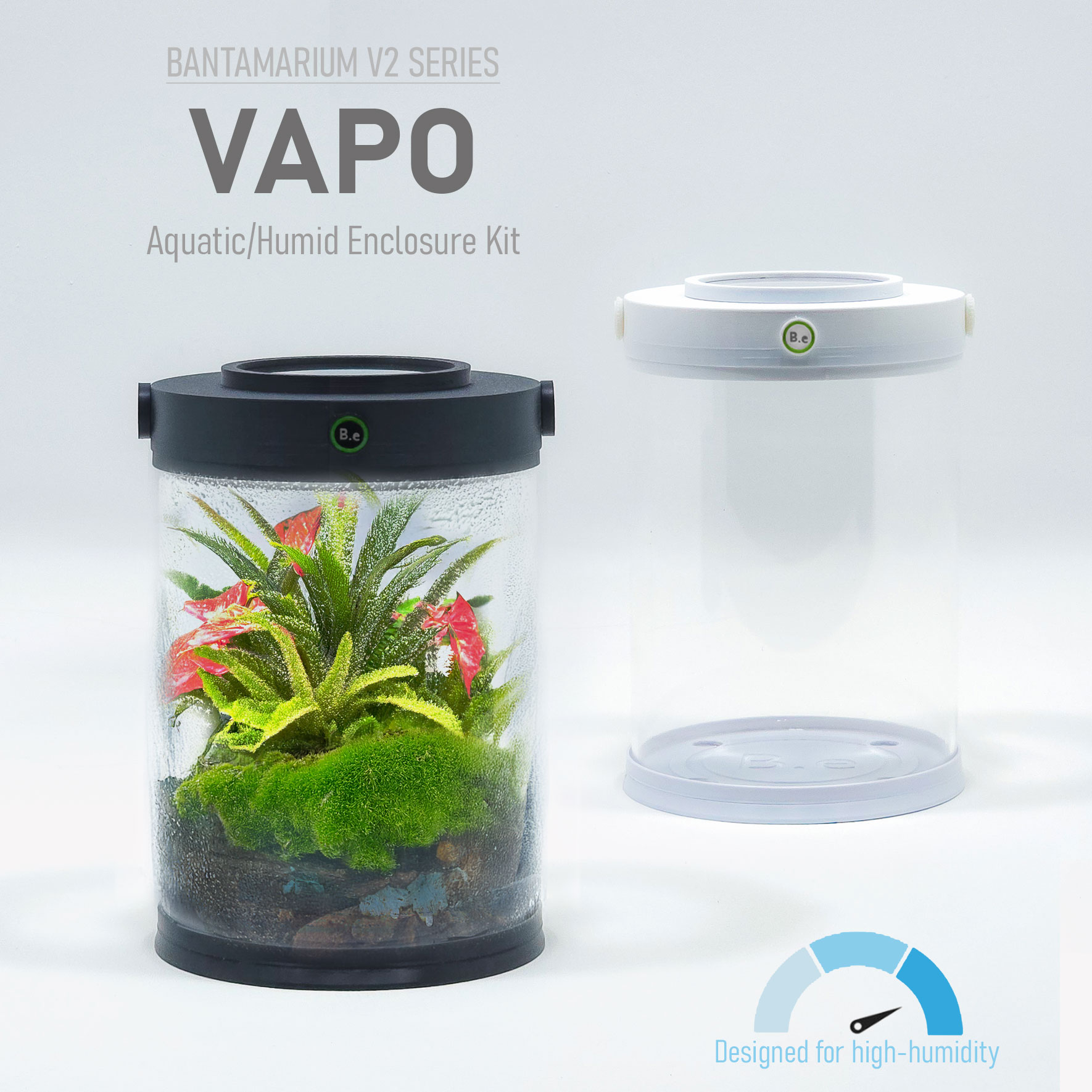












Comments are closed.